
Chinese Landscape Paintings through the Ages: Ink, Mountains, and Time
Chosen theme: Chinese Landscape Paintings through the Ages. Journey across dynasties where brush, breath, and distant peaks turn silence into stories—inviting you to wander, reflect, and share your own encounters with mountains of ink.
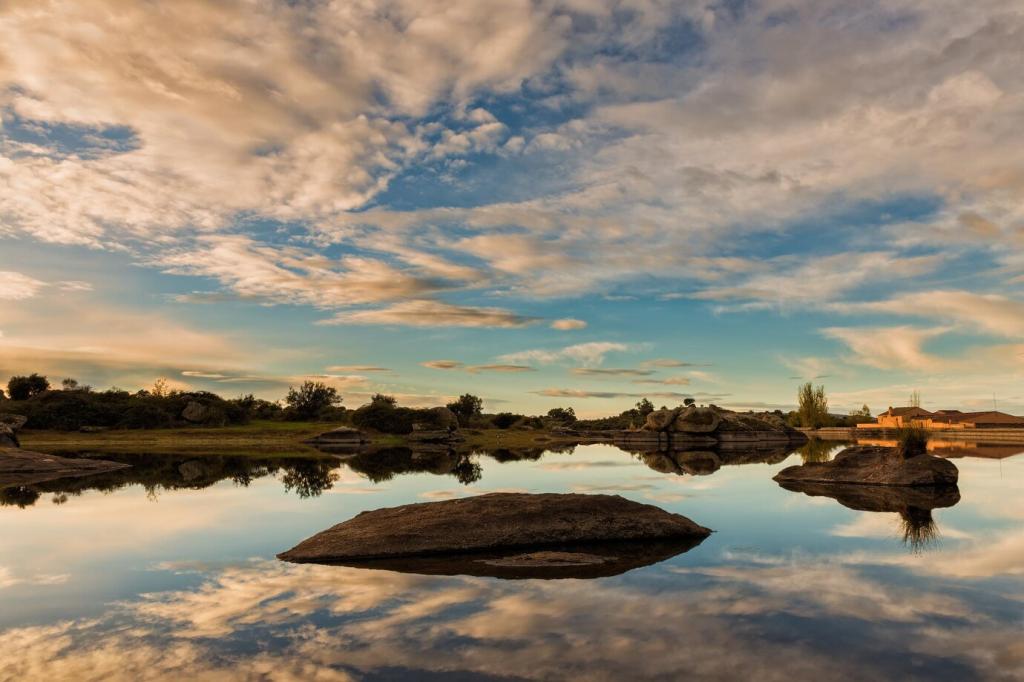
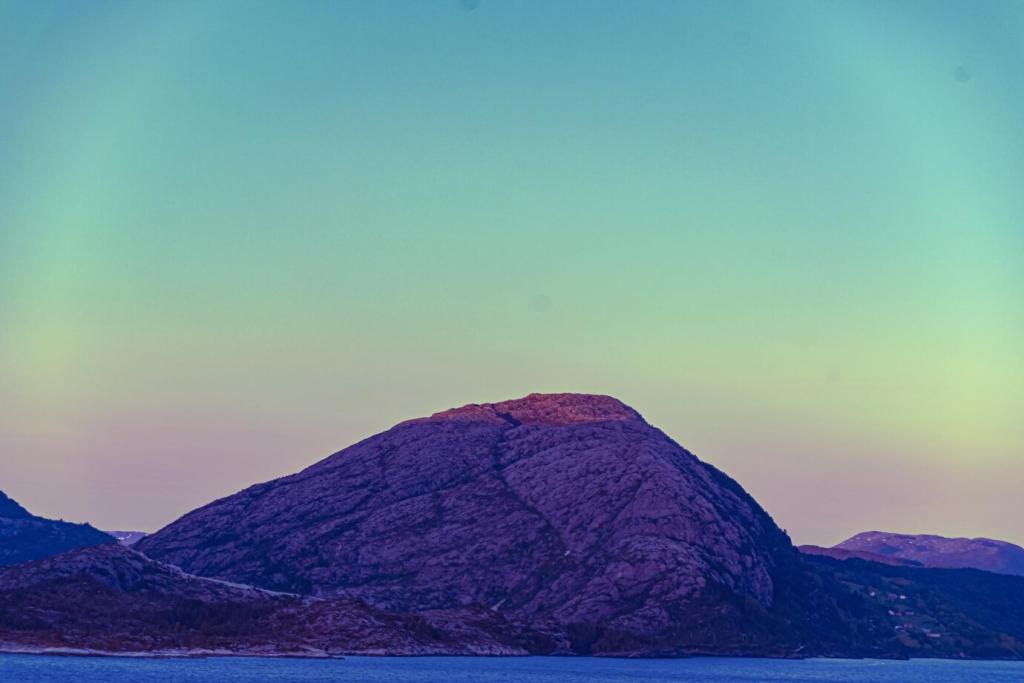
From Tang Whispers to Five Dynasties Roots
Poet-painter Wang Wei is often praised for distilling mountains and rivers into contemplative ink. His landscapes press pause on the world, suggesting that stillness, breath, and minimal gesture could carry lifetimes of weathered stone and wandering thought.
From Tang Whispers to Five Dynasties Roots
Before paper displaced silk’s shimmer, soot-based ink met taut fibers to stage clouds, peaks, and temple roofs. Early masters trained disciplined wrists, discovering how moisture, speed, and pressure braided into textures that could convince eyes to hear wind.
The Song Dynasty’s Monumental Vision
In works by Fan Kuan or Li Cheng, monumental cliffs dwarf tiny travelers crossing a bridge. That scale teaches humility and courage at once. Share how such views recalibrate your sense of purpose when life’s path narrows and rises.
The Song Dynasty’s Monumental Vision
Guo Xi suggested that one mountain contains all seasons, depending on where you stand and when you look. Song painters crafted shifting atmospheres, reminding us that perspective is time-sensitive. Which season do you see first when you step into a scroll?
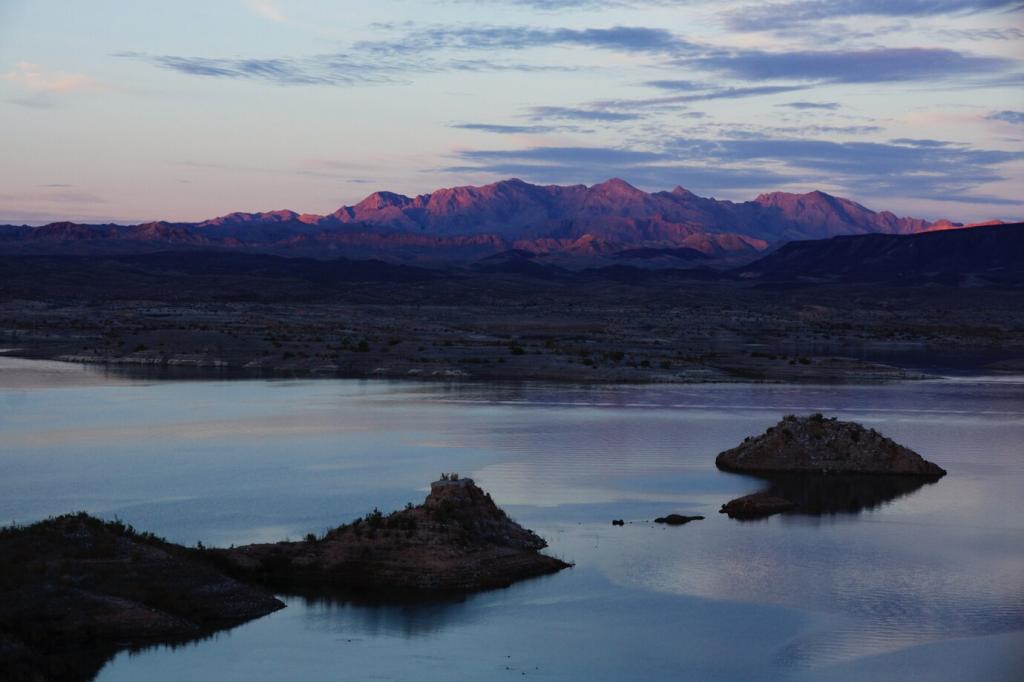
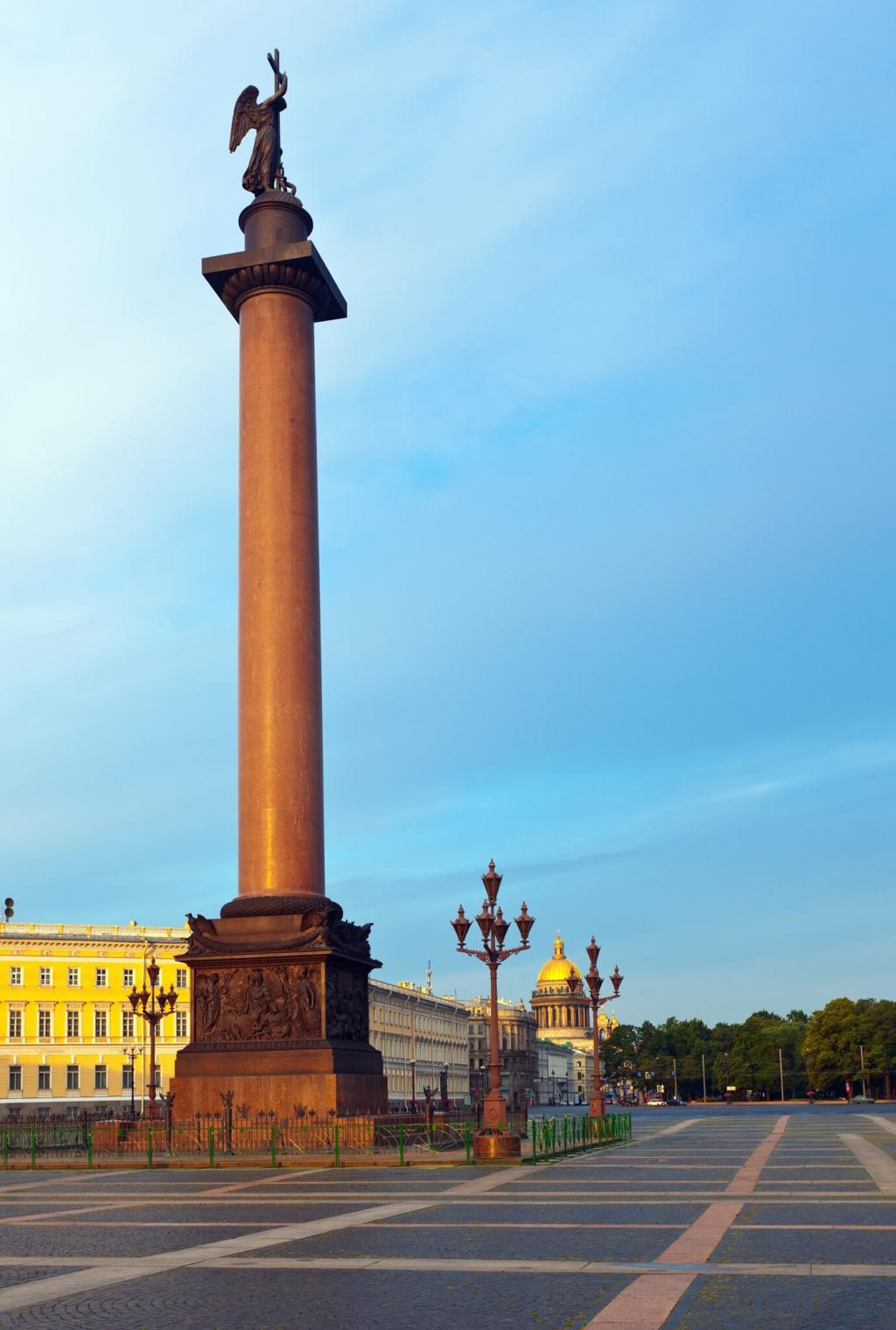
Ni Zan’s sparse banks and the ethics of restraint
Ni Zan’s pared-down rivershores, few trees, and vacant pavilions feel like a measured inhale. His refusal of ornament reads as principle, not austerity. Tell us which detail—a lone trunk, a distant boat—speaks your own code of clarity and care.
Huang Gongwang’s long road in Dwelling in the Fuchun Mountains
Unfurling like a pilgrimage, the Fuchun handscroll moves through varied weather and terrain, its brush pacing like thought. Slow viewing rewards patience. Where would you pause to picnic with the painter—by a willow bend, or near a village ferry?
Poetry, seals, and social networks on silk and paper
Collectors added poems and seals, layering conversation across centuries. Each red stamp is a handshake; each colophon, a memory. Join our community: add your voice in the comments and help map how these rivers continue to gather friends downstream.
How to Look: Scrolls, Albums, and Silence
Walking a handscroll, one arm’s length at a time
Handscrolls are experienced horizontally, unrolled like a journey. You set the pace, curate distance, and remember where the river bends. Try narrating aloud as you travel. Then comment with the moment you would rewatch, like a favorite scene in film.
Meeting a hanging scroll through stillness and breath
Hanging scrolls are vertical encounters. Stand, breathe, and let your gaze climb paths, ledges, and waterfalls. Notice how your posture mirrors the composition’s rise. If this practice calms you, follow our newsletter for monthly guided viewing rituals.
Albums as pocket mountains for daily contemplation
Album leaves shrink grandeur for intimate handling. Turning pages feels like counting beads, each scene a quick prayer. Which leaf would you keep near your desk for breaks between emails? Share your choice and tell us what steadies you in its horizon.
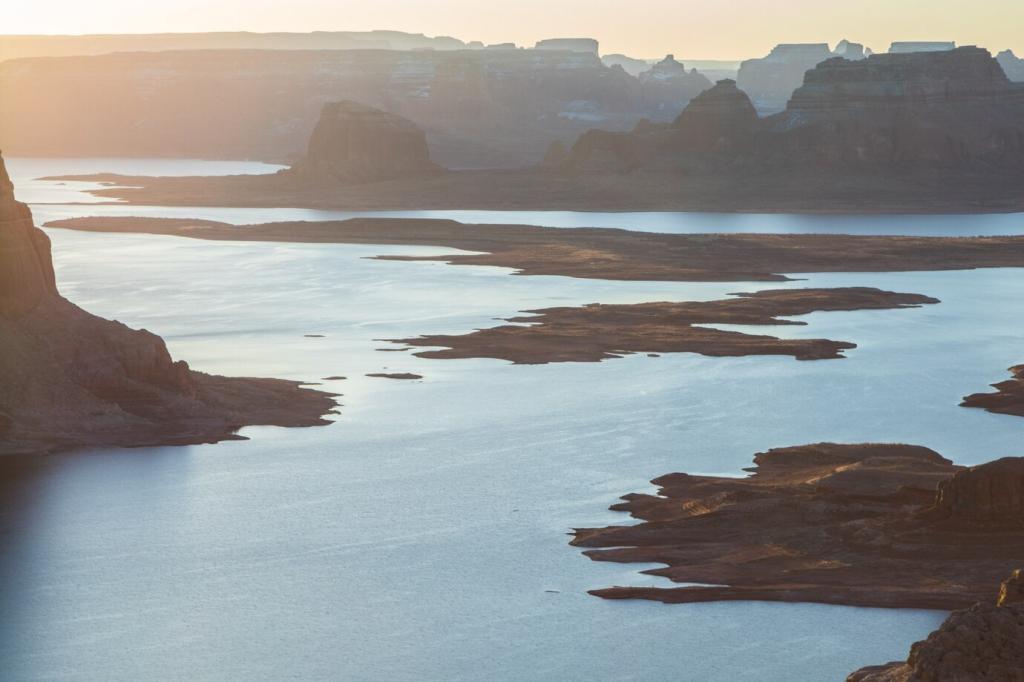
Cun strokes: hemp-fiber, raindrop, axe-cut, and heartbeat
Texture strokes stack like geology, each pattern a memory of touch. Hemp-fiber softens slopes; axe-cut carves ledges. Practice with varied moisture and speed, then share which stroke unlocked a vista you did not expect to find in your own hand.
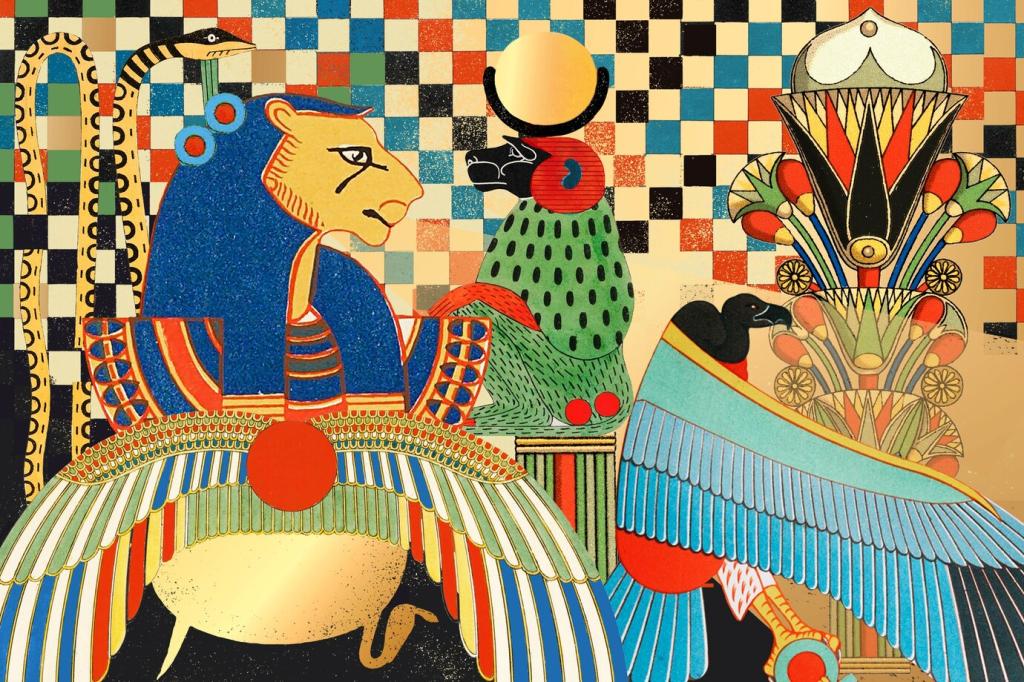
Ink tones: five colors of black in living gradation
Painters speak of five blacks—dry, wet, light, dark, and charred. Layered washes build mist while dry brush sparks bark. If you’ve tried layering ink, describe your turning point when a gray stopped being flat and started breathing mountain air.
Modern Echoes and Living Traditions
Zhang Daqian’s splashed color and Fu Baoshi’s lyrical storms
Zhang reinvented ancient ink with audacious color pours; Fu shaped heroic, rain-swept scenes. Their experiments prove the tradition’s elastic spine. Which approach resonates with your weather—torrential emotion or slow, luminous seep? Tell us and inspire tomorrow’s post.
Global journeys: museums, diaspora studios, and digital walls
From Taipei to Cleveland, masterpieces travel, while diaspora artists stream ink practice online. Screens become scrolls, comments become colophons. Drop a museum memory below or recommend a virtual exhibition we should explore together in an upcoming subscriber guide.
Join the scroll: your comments, memories, and subscriptions
Every seal in tradition marked a relationship. Add yours by subscribing, sharing your first landscape encounter, or posting a sketch. Your stories will guide future explorations of Chinese Landscape Paintings through the Ages, keeping the river’s conversation alive.
